- Feeling Funky After Eating? Antihistamine Foods to Avoid
- What is histamine, and why can it become a problem?
- Antihistamine foods to avoid (even if they break your heart, like chocolate)
- Foods to avoid when following a low histamine diet
- Antihistamine foods to avoid (and the ones you can love without fear)
- Antihistamine foods to avoid vs. anti-inflammatory diets
- A sample day of antihistamine foods to be consumed
- Listen to your body
Feeling Funky After Eating? Antihistamine Foods to Avoid
Have you ever experienced eating something that seemed innocuous, only for your body to suddenly react dramatically? Headache, itching, stomach discomfort… as if you consumed dynamite instead of tuna. If this sounds familiar, you might be one of the small group of 1% of people with histamine intolerance (HIT). In these cases, understanding antihistamine foods to avoid can make all the difference in keeping those over-the-top reactions at bay.
Don’t worry, in this guide we’ll break it all down like an easy recipe. I’ll tell you which foods are best to keep close by, which ones are best to look away from and how to take the first steps towards a life with fewer symptoms and more peace of mind.
Histamine is a substance that everyone has. It plays important roles in our bodies. It helps with digestion and controls gastric acid production. It also acts as a neurotransmitter.
What is histamine, and why can it become a problem?

Additionally, histamine helps us defend against allergens. But like everything in life, when it gets out of control, it becomes a problem. And that’s when the famous histamine intolerance appears.
Under normal conditions, this molecule breaks down easily. This happens because of enzymes called diamine oxidase (DAO) and histamine-N-methyltransferase (HNMT).
If these enzymes do not work well, histamine builds up. This can happen for genetic reasons, intestinal issues, or if medications or food block them. When histamine accumulates, symptoms start to appear.
How to Recognize the Signs of Histamine Intolerance
Histamine intolerance is not an allergy, but its symptoms are similar. It can cause itching, hives, and redness. Other symptoms include nasal congestion, asthma, headaches, and migraines.
People may also feel dizzy or tired. Nausea and vomiting can occur, along with palpitations and digestive discomfort. Mood swings, restlessness, and insomnia are also possible.
Some may experience intestinal muscle contractions, abdominal cramps, and diarrhea. It can also dilate blood vessels, rashes and irregular menstrual cycle.
In my case, it was a succession of “coincidences” after cheese, red wine and canned sardines. Itchy nose, weird palpitations and that headache that not even ibuprofen wanted to touch. Coincidence? Not at all.

What Causes Histamine Intolerance? Foods, Enzymes, and Medications
Histamine intolerance causes many different symptoms. This makes it hard to find the causes for each person.
Some people lack the DAO enzyme due to genetics or other reasons. Others build up histamine by eating foods and drinks that are high in histamine or that release histamine.
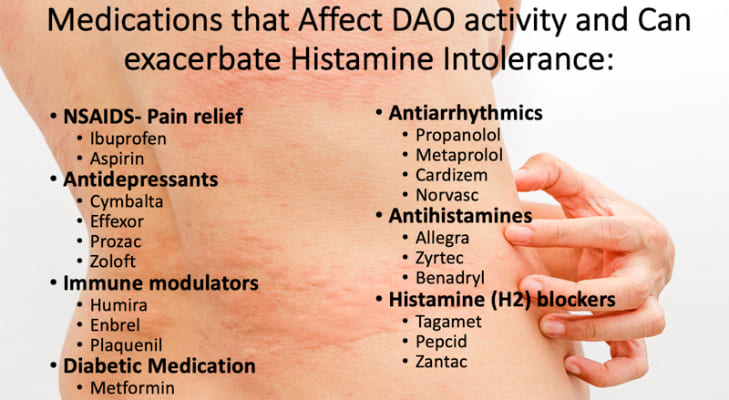
And this is when you feel like a food detective, trying to figure out which food caused the mayhem this time.
Different medications can also cause HIT. These include antibiotics, antidepressants, antipsychotics, Aspirin, muscle relaxants, painkillers, and anti-malarial drugs.
These may block the DAO enzyme or promote histamine release. (Always check the label of any medication or consult your physician).
How is this intolerance detected?
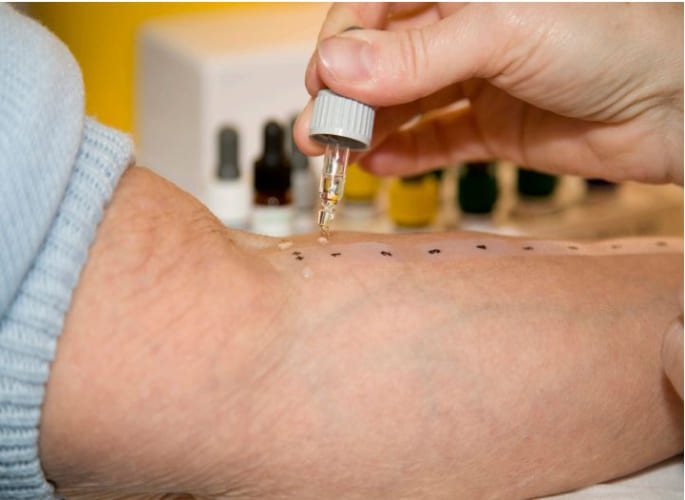
Here comes the frustrating part: there is no 100% reliable test. Some doctors measure DAO levels in the blood, but they do not always reflect what is going on in the intestine. Sometimes people use exclusion diets for a couple of weeks, and if you improve, they confirm the suspicion.
In my case, five days without histamine was enough for my body to breathe a sigh of relief. And it took me to say goodbye (temporarily) to chocolate, wine and cheese…. A coincidence? I don’t think so.
Is there any treatment or food to avoid beyond a diet?

The first thing is to reduce or temporarily avoid foods rich in histamine, diet is key, yes, but it is not everything. You can also use DAO supplements (before meals) or use antihistamines (although not ideal in the long term).
But, be careful, this is not a magic solution or forever. The goal is to balance the body. Strengthen gut health with good probiotics, glutamine, or digestive enzymes. Avoid stress and figure out what is going wrong.
The most important thing is to know that it is not about removing foods forever. It is about finding what feels good for you, not cutting out half a supermarket for good.
How to Maintain a Low Histamine Diet
A useful strategy for maintaining any diet, even a low histamine diet, is to keep a food diary.

Think about making a table. One column can list the foods you eat. The other column can note any symptoms or improvements you notice. This can help you determine which foods benefit you and which you should avoid.
To supplement this guide, check out for a full list of histamine-rich foods, where you’ll find more details on common ingredients that could be affecting you.
Antihistamine foods to avoid (even if they break your heart, like chocolate)
Other foods and ingredients may not be high in histamine, but may stimulate histamine release in the body.
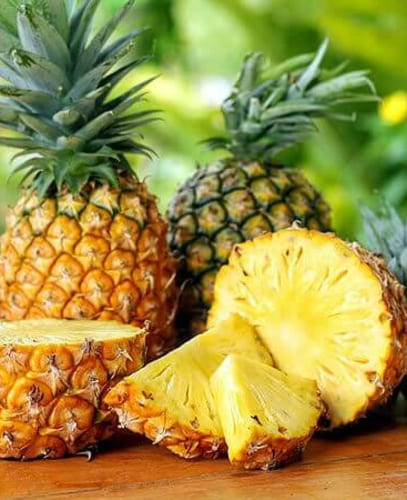
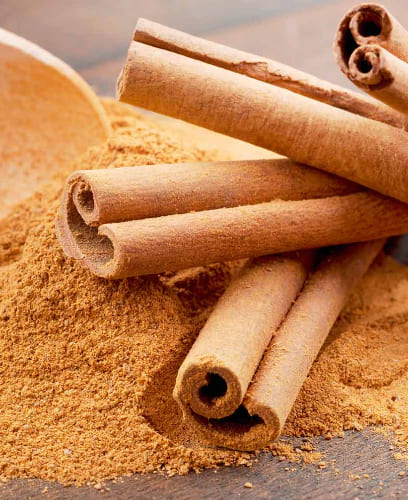

Histamine releasers
- Cinnamon
- Pineapple
- Lemon
- Lime
- Oranges
- Papaya
- Strawberries
- Raspberries
- Anise
- Cayenne pepper
- Cinnamon
- Chili powder
- Cloves
- Cumin
- Curry powder
- Mustard
- Cocoa
- Chocolate (ouch!)
- Nuts
- Peanuts
- Plum
- Kiwi
- Banana
- Legumes, Tomatoes
- Wheat Germ
- Vinegars
- Food coloring. Among others.
Foods to avoid when following a low histamine diet
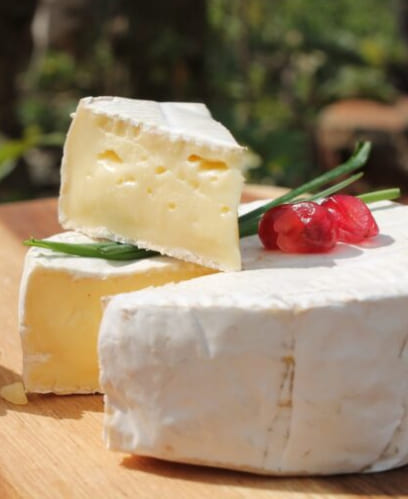
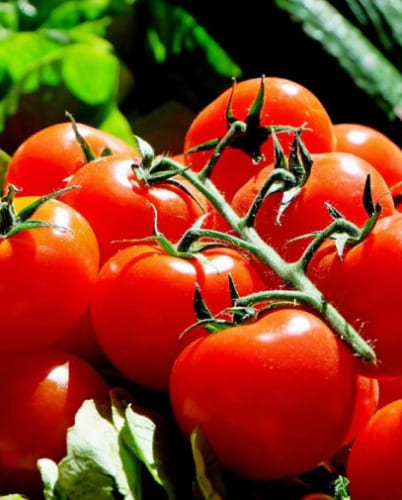
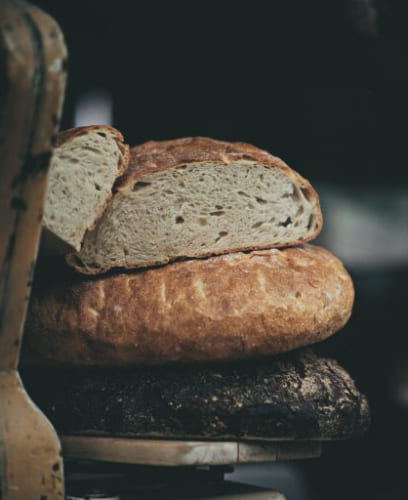
High in Histamine
Many foods contain high levels of histamine, including:
- Fermented dairy products
- Fermented or cured meats
- Fermented vegetables
- Salami, ham, sausages
- Pickled or canned foods
- Cured cheeses
- Seafood
- Fermented soy products
- Tomatoes
- Spinach
- Eggplants
- Peas
- Mushrooms
- Green beans
- Avocado
- Nuts
- Sourdough bread
- Chocolate and cocoa
- Artificial colors
- Alcoholic beverages
- Wine
- Beer
- Spirits
- Beans
Antihistamine foods to avoid (and the ones you can love without fear)

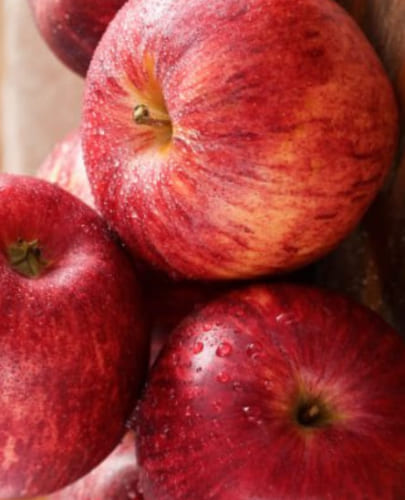
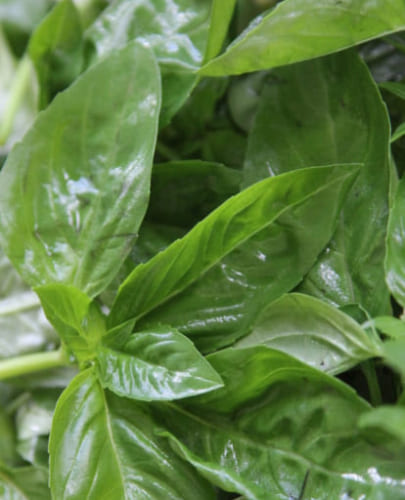
Low in histamine
Adopting a low histamine diet doesn’t mean giving up all your favorite foods. Fortunately, there are many delicious and nutritious antihistamine foods you can eat without worrying about HIT symptoms.
- Poultry
- Chicken
- Turkey
- Duck
- Ostrich (Fresh, refrigerated or frozen) Not Cured!
- Beef (Fresh, Refrigerated or Frozen) Not Cured!
- Lamb (Fresh, refrigerated or frozen) Not Cured! because they have a high histamine content.
- Certain fresh or frozen fish Not dehydrated!
- Hake Fresh or frozen!
- Trout Fresh or frozen!
- Egg
- Gluten Free Grains
- Corn
- Rye
- Rice
- Flaxseed
- Vegetables and Vegetables
- Sweet potatoes
- Carrots
- Zucchini
- Celery
- Cucumbers
- Onions
- Cabbage
- Goat, milk or sheep’s milk
Fresh fruits, not fermented or pickled, have the lowest histamine content:
- Apples
- Pears
- Peaches
- Melon
- Guava
- Blueberries
- Grapes
- Most fruit juices other than citrus
Among the herbs are:
- Basil
- Cilantro
- Mint
- Oregano
- Parsley
- Rosemary
- Sage
- Thyme
- Turmeric
Vitamin C and quercetin (a plant pigment) help lower histamine release from mast cells. Foods high in these compounds can effectively reduce histamine levels.
- DAO Enzyme Blockers
- Alcoholic beverages
- Coffee
- Soft drinks
- Energy drinks
- Green tea
- Mate
And the worst part? Some days, you can eat a little bit of everything and feel fine. Other days, a cherry tomato can ruin your lunch. It’s not about living in fear of the pantry, but it is about observing.
Foods low in histamine (Debatable)
Yogurt can be a problem for some people with histamine intolerance. It depends on the type of bacteria used to make it.
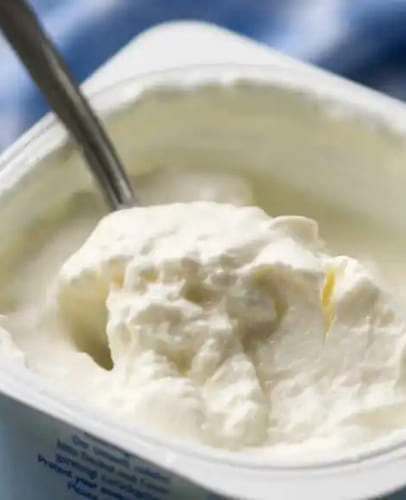
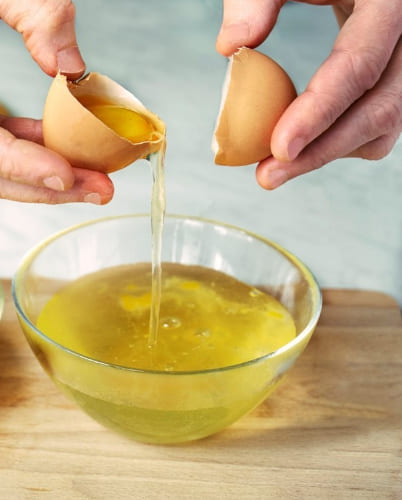
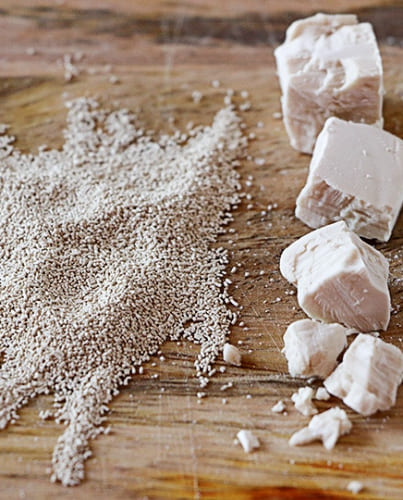
Egg whites; for a while, researchers thought that egg whites released histamine, but they have since dismissed that theory.
Yeast, by itself, does not contain histamine, so in theory it should not cause problems. But here is the tricky part: when used in fermentation processes, like making bread or beer, it can increase histamine levels.
It does not create it directly. However, its activity can help it appear. This depends on other factors like ingredients and fermentation time. Therefore, its effect on people with HIT is still a matter of debate.
Yeast extract, found in concentrated broths or industrial products, has a lot of biogenic amines. It can also block the DAO enzyme. Because of this, experts do not recommend yeast extract for a low histamine diet, and it’s often listed among antihistamine foods to avoid.
Antihistamine foods to avoid vs. anti-inflammatory diets
An antihistamine diet aims to keep histamine levels low. This means avoiding foods and drinks high in histamine or that cause its production. Always remember; There is no such thing as a histamine-free diet.
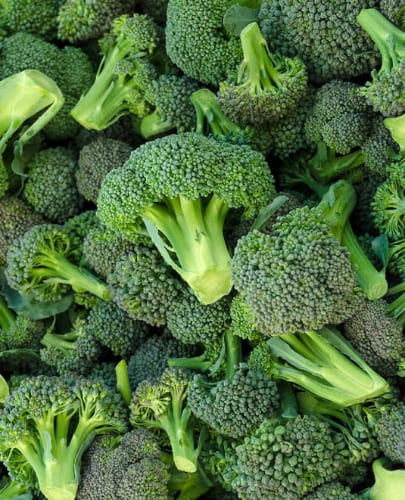
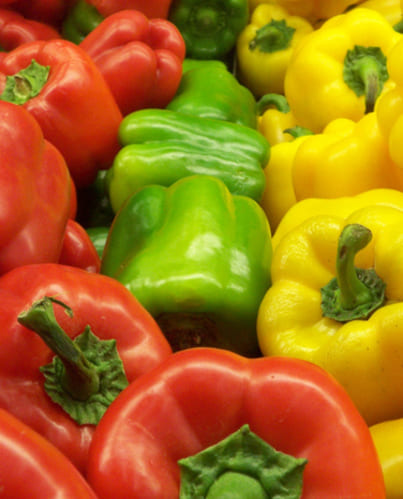
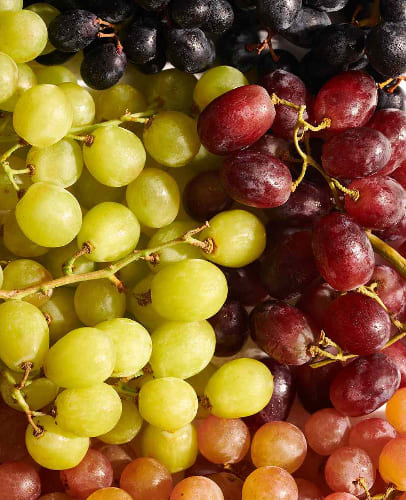
Generally, people follow an antihistamine diet and a low histamine diet together, and they use the terms interchangeably.
You may have heard of anti-inflammatory diets. These diets help keep your body from getting irritated inside.
To achieve this, they avoid things like junk food, sweets or highly processed products. They focus on eating many fruits like apples and grapes. These fruits are low in histamine and high in quercetin and vitamin C.
They also eat fresh greens and some vegetables. These foods have antioxidants, which are like little protectors that help reduce inflammation. Among them:
- Grapes
- Bell peppers
- Broccoli
- Cauliflower
- Onions
- Garlic
- Ginger
- Turmeric
- Mint
An anti-inflammatory diet is not the same as a low histamine diet, although both share some similarities and are often combined.
A sample day of antihistamine foods to be consumed
This might mean skipping some ingredients, but you can still have a balanced and varied diet with tasty foods!
Breakfast
For breakfast, you can’t go wrong with a bowl of oatmeal with blueberries.
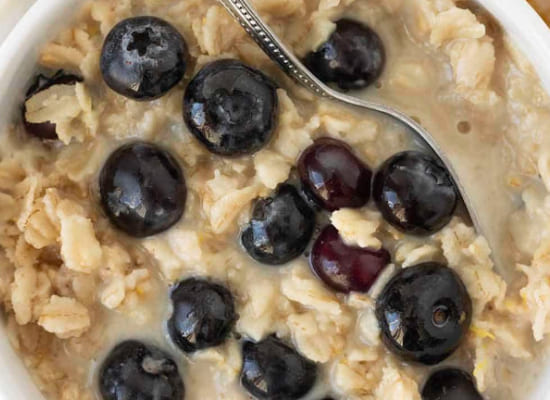
Lunch
Gluten-free bread is a lunch staple if you love sandwiches.
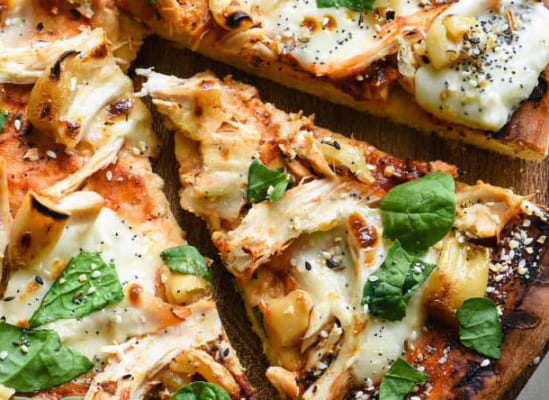
For the filling, try to avoid cheese. If you can’t resist, choose mozzarella, ricotta, or other fresh cheeses. This will help reduce histamine.
Other stuffing options include lean meats such as chicken or turkey.
Salad is also an excellent lunch option, but avoid avocados, tomatoes or spinach! If sandwiches aren’t your thing, a pasta salad (gluten-free) can be a delicious treat. Or perhaps a comforting soup.
Dinner
You can change many classic dishes a bit. For example, you can make macaroni and cheese gluten-free with mozzarella. You can also make homemade pizzas with mozzarella, chicken, and a gluten-free crust.

Potatoes, broccoli, cauliflower and most squash are low in histamine, so casseroles with these ingredients are ideal! If you want to include meats, veal or fresh fish are great for low histamine dishes. Perhaps you could try a low-histamine quinoa pizza.
Snacks
For snacking; certainly popcorn (homemade) or vegetable chips (fresh, unprocessed!). Or if you prefer something sweet, low histamine desserts such as apple pudding, peach sorbet and some types of cheesecake would be excellent.
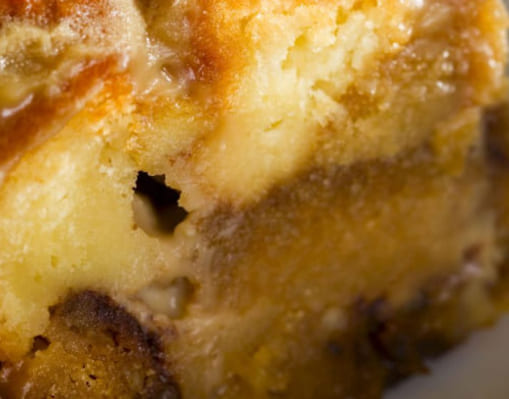
Listen to your body
Histamine intolerance can be disconcerting, exhausting and even lonely. But it can also be an invitation to get to know yourself better. To observe yourself, to take care of yourself and to stop normalizing symptoms that clearly are not.
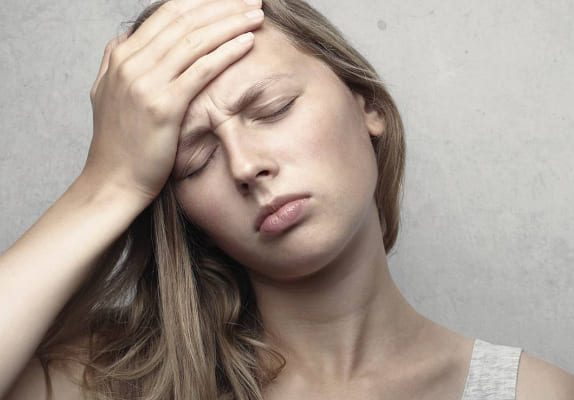
If you ever felt that your body reacts “weird” to certain foods and nobody believes you, you are not crazy. Maybe you just have an excess of histamine doing its thing.
You can also add some of the expert-recommended natural antihistamine foods to your diet.

